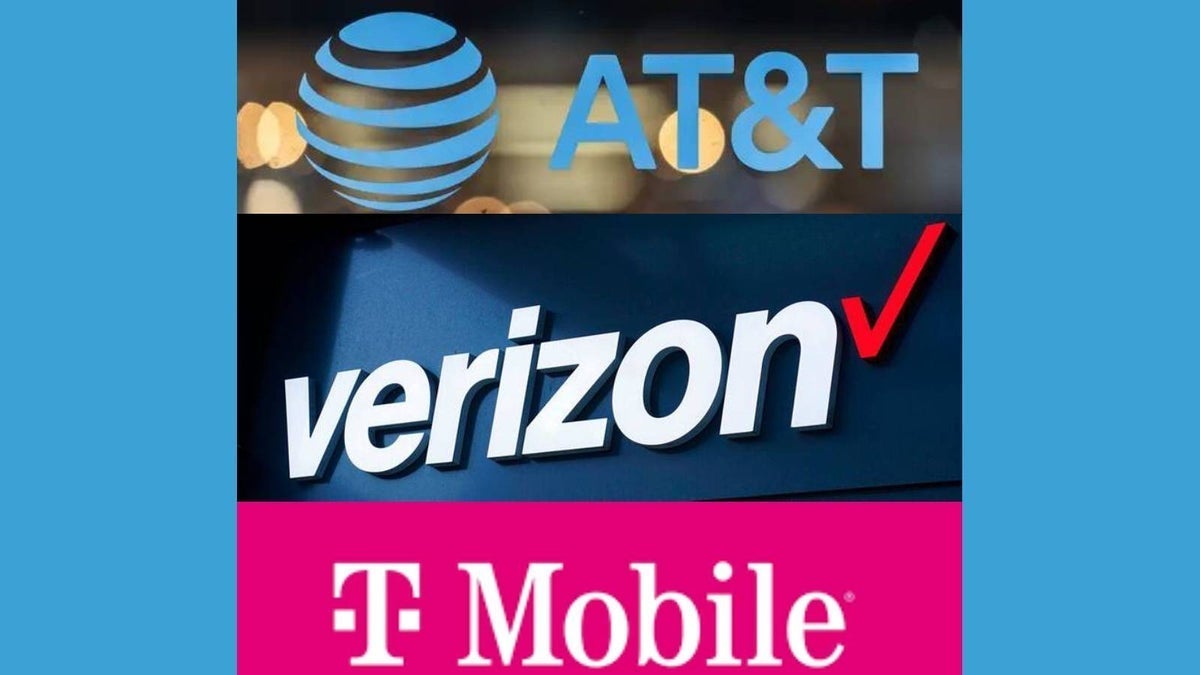The times are changing and with it, the needs of wireless communications users are shifting. Small cells are no longer the obsession that once were believed to be, and are now giving way to something else.Small cells are low-powered cellular antennas that help bring faster and more reliable 5G service to areas where traditional cell towers can't reach effectively. They’re about the size of a backpack and are usually installed on light poles, buildings, or street signs. Unlike large towers that cover miles, small cells handle shorter distances but deliver stronger signals in crowded or hard-to-reach places.These cells are especially important for 5G because the high-frequency signals it uses can't travel far or pass through walls easily. By filling in coverage gaps, small cells help ensure a smoother and faster 5G experience, which we all enjoy.Over ten years ago,
AT&T announced plans to deploy up to
40,000 small cells by 2015, but the initiative fell short. Then, interest in small cells resurfaced (around 2018), as
AT&T and
Verizon prepared to launch 5G networks using millimeter wave (mmWave) spectrum, which requires dense infrastructure due to its limited range. Initially, both carriers pursued smart city partnerships to install small cells on municipal infrastructure, but that strategy lost momentum after the FCC introduced rules to streamline nationwide deployments by limiting local regulatory hurdles.
Some years ago, there was a forecast from S&P Global Market Intelligence projecting that the US would host 800,000 small cells by 2026. Yeah, well, it turns out that in 2025, the number of small cells is actually declining and it's nowhere near the 800,000 projection mark.
A
new report from the Wireless Infrastructure Association (WIA) points to a shift in priorities among major US wireless carriers. While enthusiasm for small cells has cooled, interest in colocation – where multiple providers share the same cell tower – is gaining momentum. This trend reflects a broader industry move toward more efficient use of existing infrastructure.According to the report, the demand for small cells dropped as remote work during the pandemic shifted mobile usage from urban cores to suburban areas. As a result, carriers focused more on upgrading traditional cell towers in the suburbs rather than expanding small cell networks downtown. By the end of 2024, there were 197,850 outdoor small cells in use across the US, a decline from 202,100 the year before. Crown Castle's recent sale of its small cell division for $4.25 billion – significantly less than earlier projections – further illustrates this cooling interest.Despite the slowdown, the WIA believes small cells will regain relevance as 5G networks grow and densify. However, for now, the spotlight is on colocations. Sharing towers has become a key strategy, enabling carriers to save costs and reduce the environmental impact of building new structures. The number of traditional cell towers in the US rose slightly to 154,800 by the end of 2024, and many of them now support equipment from more than one provider.

